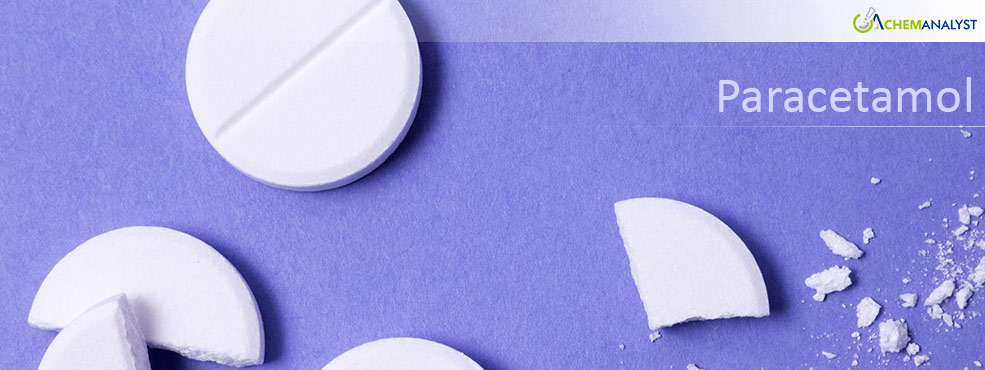Welcome To ChemAnalyst

In the month of November 2024, the global Paracetamol market saw a notable decline in prices, continuing a trend observed over the past several months. A primary factor behind this decline was the weaker demand from the healthcare and pharmaceutical sectors, resulting in a decrease in purchasing activity. Geopolitical uncertainties also contributed to cautious market sentiment, with participants hesitant to commit to large orders. Additionally, a build-up of inventories from previous periods created an excess supply, prompting sellers to lower Paracetamol prices to move stock and stay competitive.
Raw material prices for para-aminophenol, a key ingredient in Paracetamol production, also fell significantly during the month, reducing manufacturing costs. As production costs eased, manufacturers passed on the savings, contributing further to the price decline. The drop in prices was partly driven by an oversupply of raw materials and improved manufacturing efficiencies.
A significant factor in the decline was the improved production capacity in China. According to data from China’s National Bureau of Statistics (NBS), the country's manufacturing Purchasing Managers' Index (PMI) rose to 50.3 in November, signaling steady growth. As a major exporter of Active Pharmaceutical Ingredients (APIs), China’s increased manufacturing output has led to an oversupply of Paracetamol, surpassing global demand and pushing prices down.
In India, the CDSCO's identification of over 50 drugs, including Paracetamol, as "not of standard quality" (NSQ) in September 2024, resulted in increased scrutiny and regulatory pressure. Manufacturers ramped up production to meet stricter quality controls, leading to an oversupply of Paracetamol. This, along with consumer concerns over quality, forced manufacturers to lower Paracetamol prices to retain market share and clear stock, contributing to the price drop in November.
In Europe, deteriorating economic conditions, particularly in Germany, further pressured Paracetamol prices. Germany’s economic slowdown deepened in November, as business activity shrank for the fifth consecutive month. Persistent high inflation and falling consumer confidence across the Eurozone weakened demand, further driving down prices.
In the United States, the resolution of the International Longshoremen's Association (ILA) strike improved shipping activities along the East Coast and Gulf regions. With ports operating at full capacity and freight costs decreasing, the increased availability of imported Paracetamol put additional downward pressure on prices.
According to ChemAnalyst, prices of Paracetamol are expected to continue declining due to sustained weak demand. Global economic uncertainties and cautious consumer spending behavior are likely to maintain the softness in prices of Paracetamol in the near term.
We use cookies to deliver the best possible experience on our website. To learn more, visit our Privacy Policy. By continuing to use this site or by closing this box, you consent to our use of cookies. More info.
